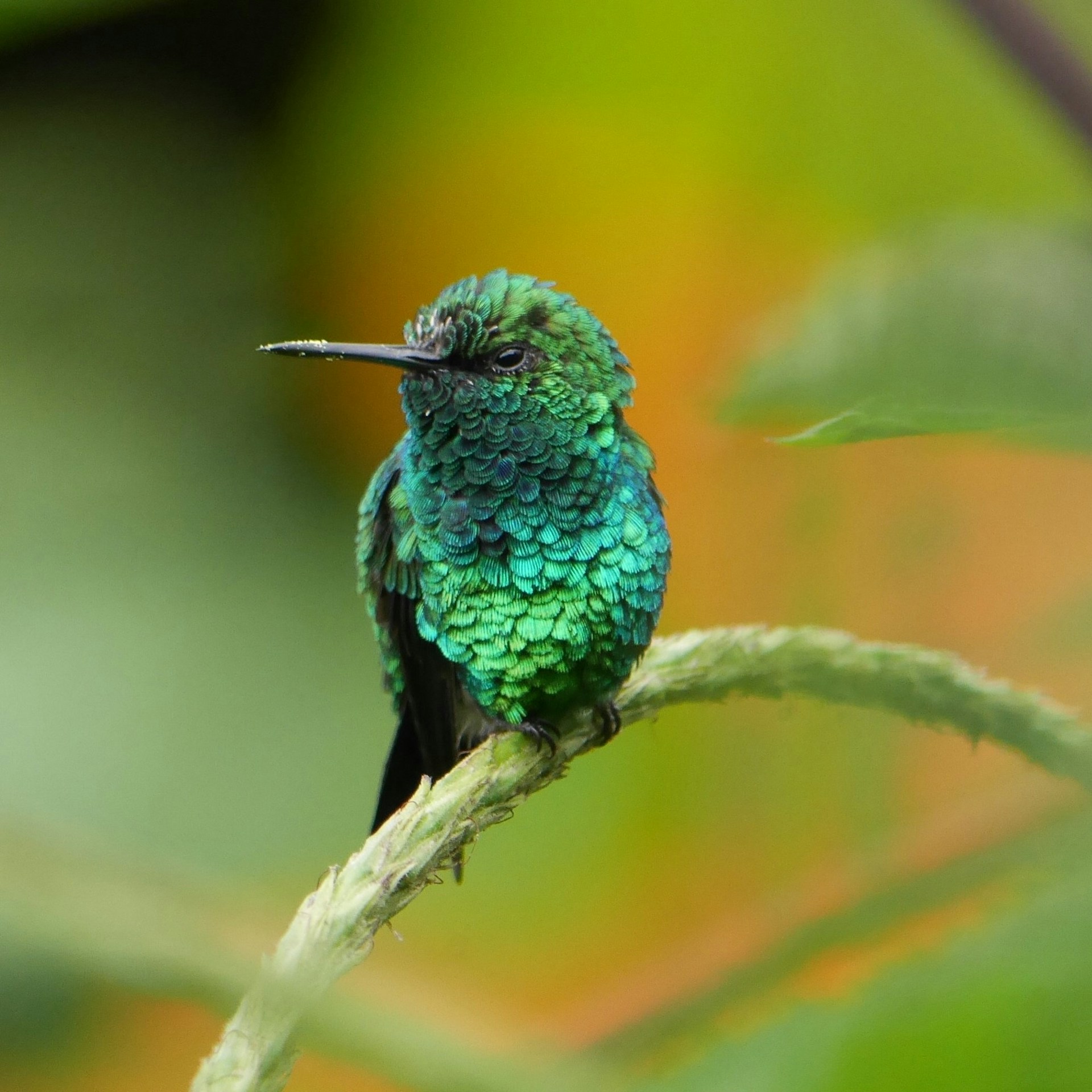
How to Transform Your Garden into a Hummingbird Haven
Choose native plants, avoid pesticides, ensure year-round blooms, and provide safe nesting materials to create a hummingbird-friendly garden.

Choose native plants, avoid pesticides, ensure year-round blooms, and provide safe nesting materials to create a hummingbird-friendly garden.
Make nectar with 1 part sugar to 4 parts water, avoid red dye, change daily in hot weather, use shaded feeders, plant natives, clean regularly, and use UV stickers and owl houses for protection.
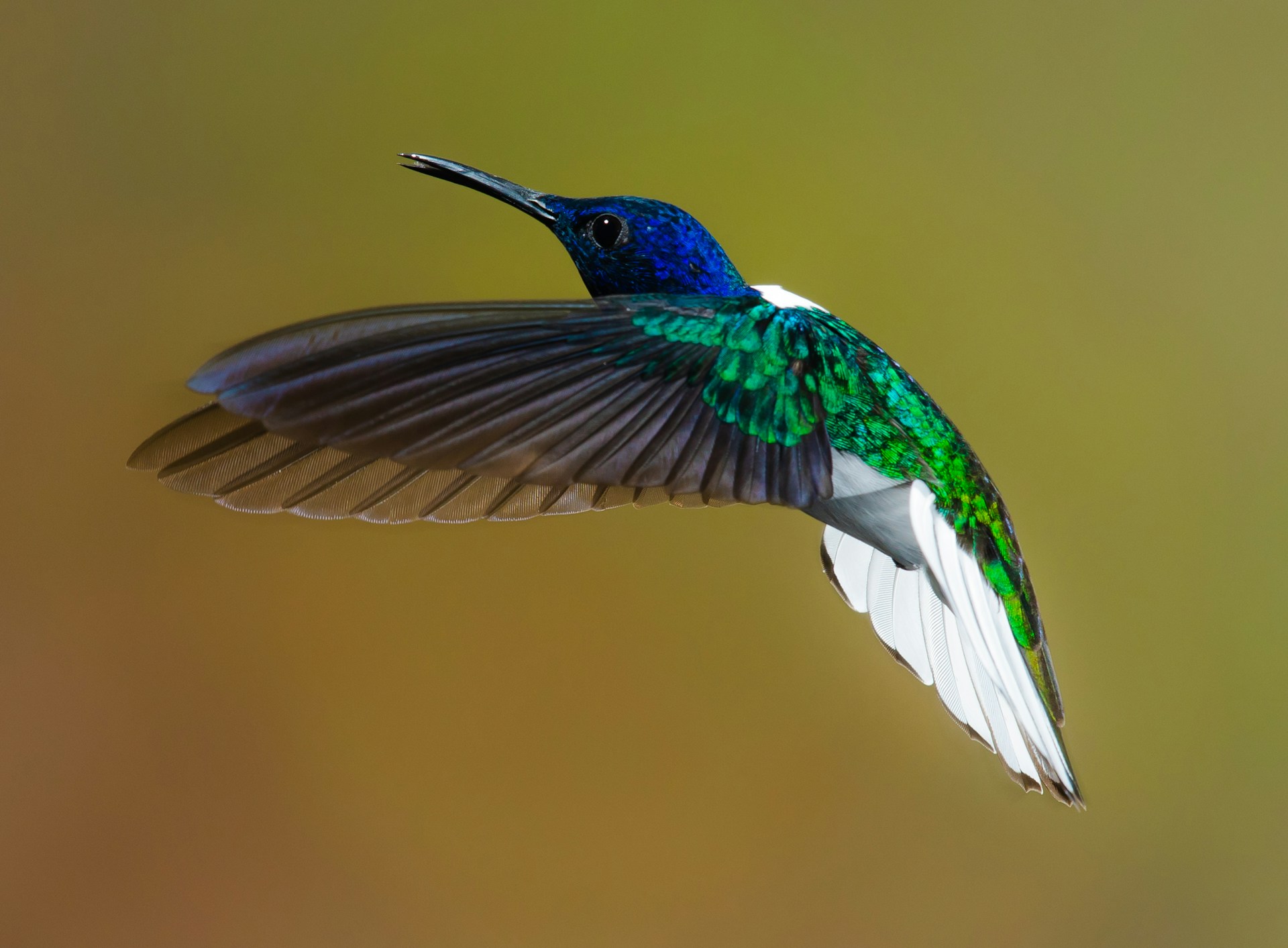
Use hummingbird-specific feeders, maintain cleanliness, offer native red tubular flowers, provide safe perches and water, and encourage community efforts to attract and keep hummingbirds in your garden.
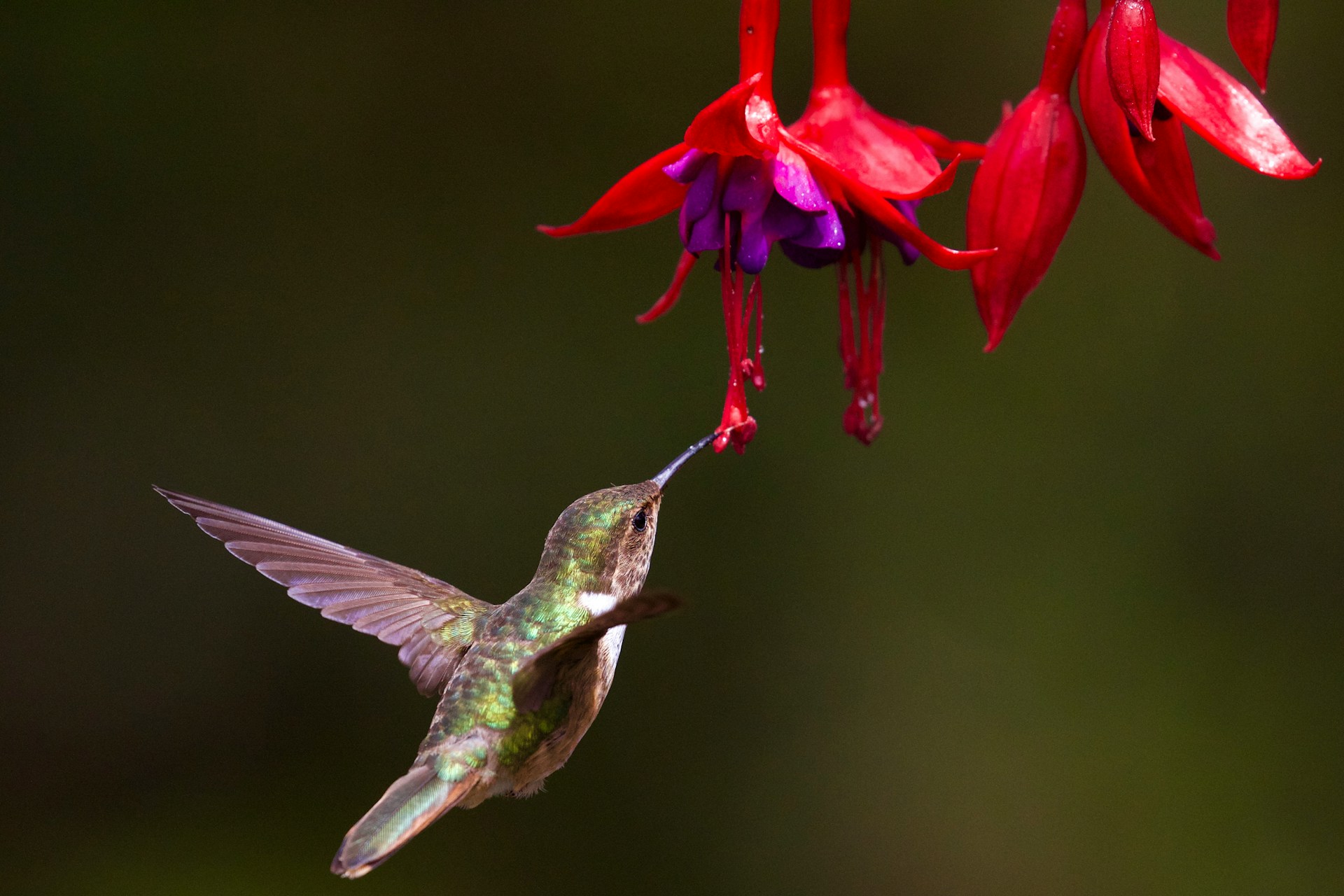
To attract hummingbirds, replace traditional lawns with native plants, avoid invasive species, and create a balanced ecosystem by planting nectar-rich flowers; involve your community and navigate legal challenges for a successful transition.
Plant native North Carolina flowers and maintain year-round nectar for hummingbirds and bumblebees.
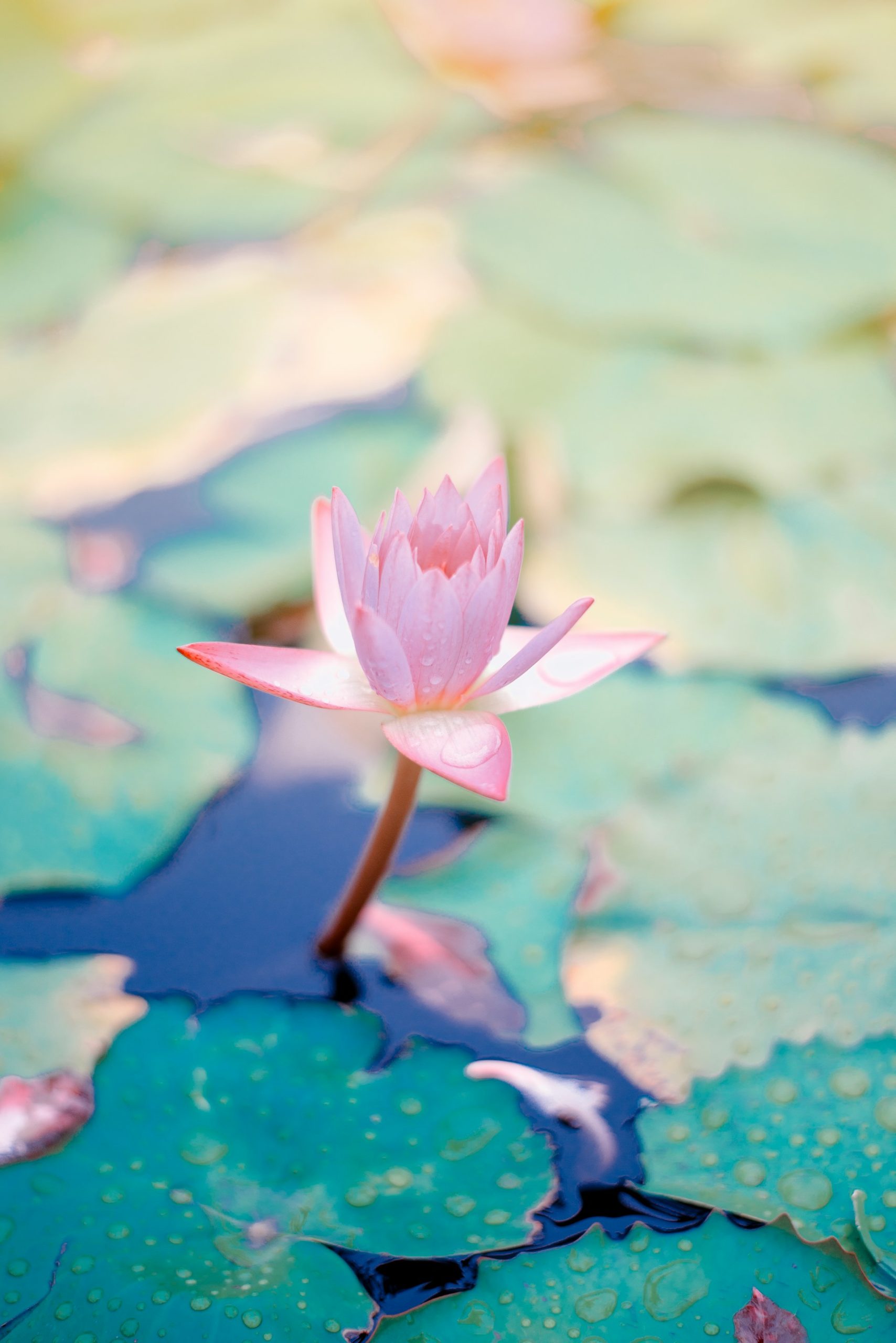
Plant Cerinthe Honeywort and Tanacetum parthenium Aureum to attract hummingbirds with colorful, nectar-rich, low-maintenance blooms.
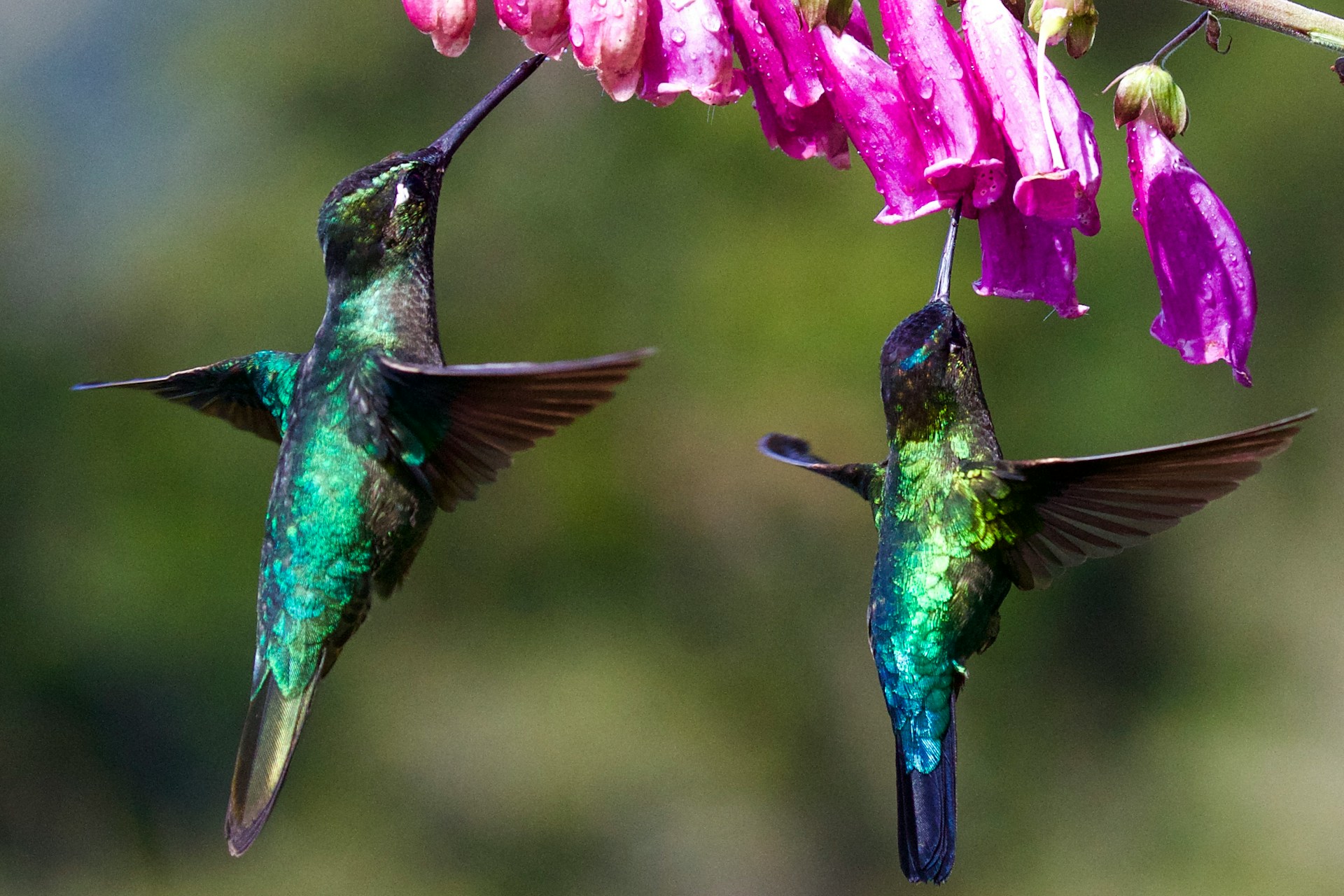
Select desert-adapted plants, ensure open spaces, provide wind shelter, maintain water features, and regularly care for the garden to create a bird-friendly oasis for hummingbirds.
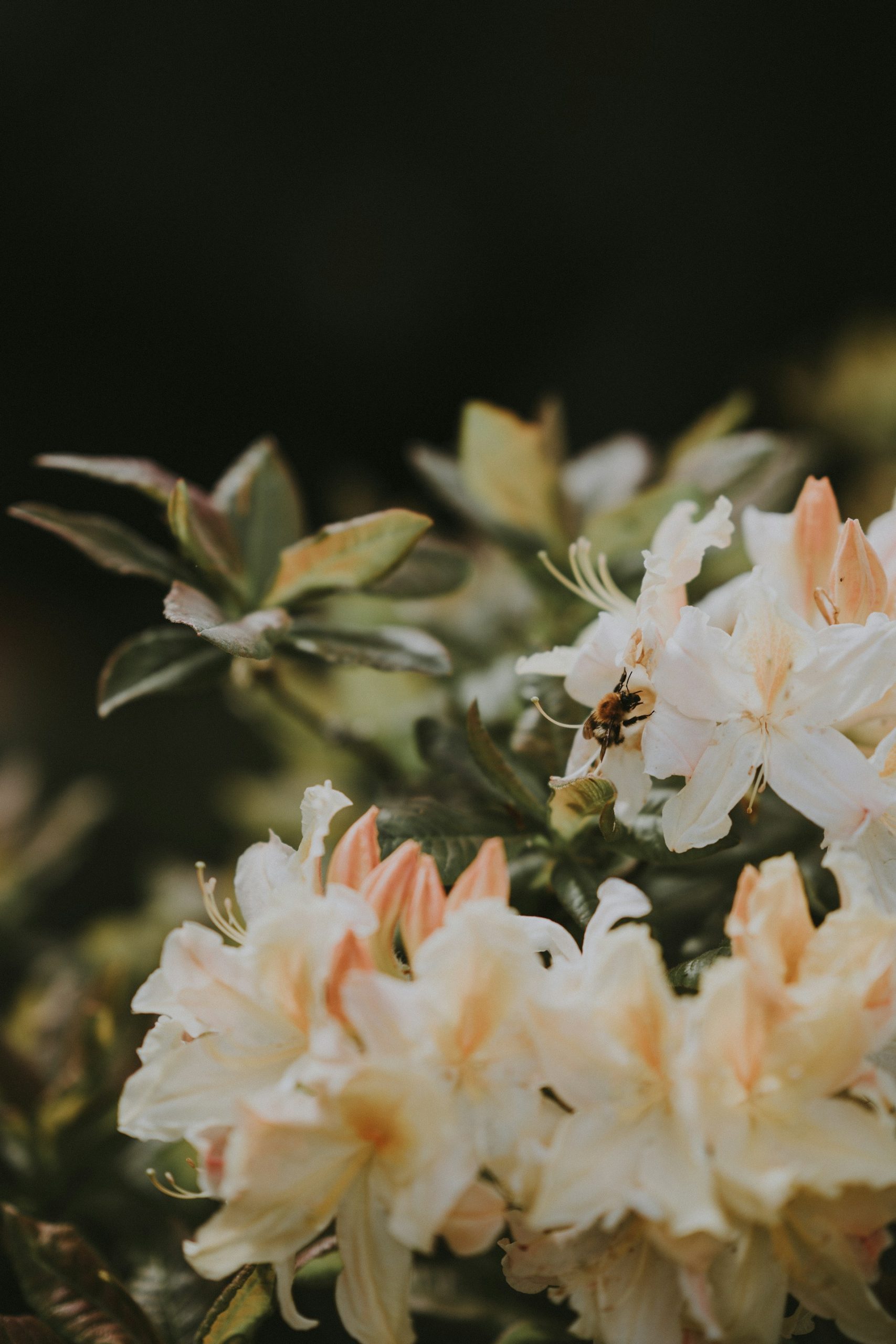
Encourage community involvement by sharing experiences, offering simple tips on using native plants, and participating in local initiatives to create hummingbird-friendly environments.

Attract hummingbirds by using ground cover plants like Red Flowering Currants, Redwood Sorrel, Wild Strawberries, and Woodland Strawberries for aesthetic value, soil retention, weed suppression, and moisture retention, especially in Pacific Northwest gardens.
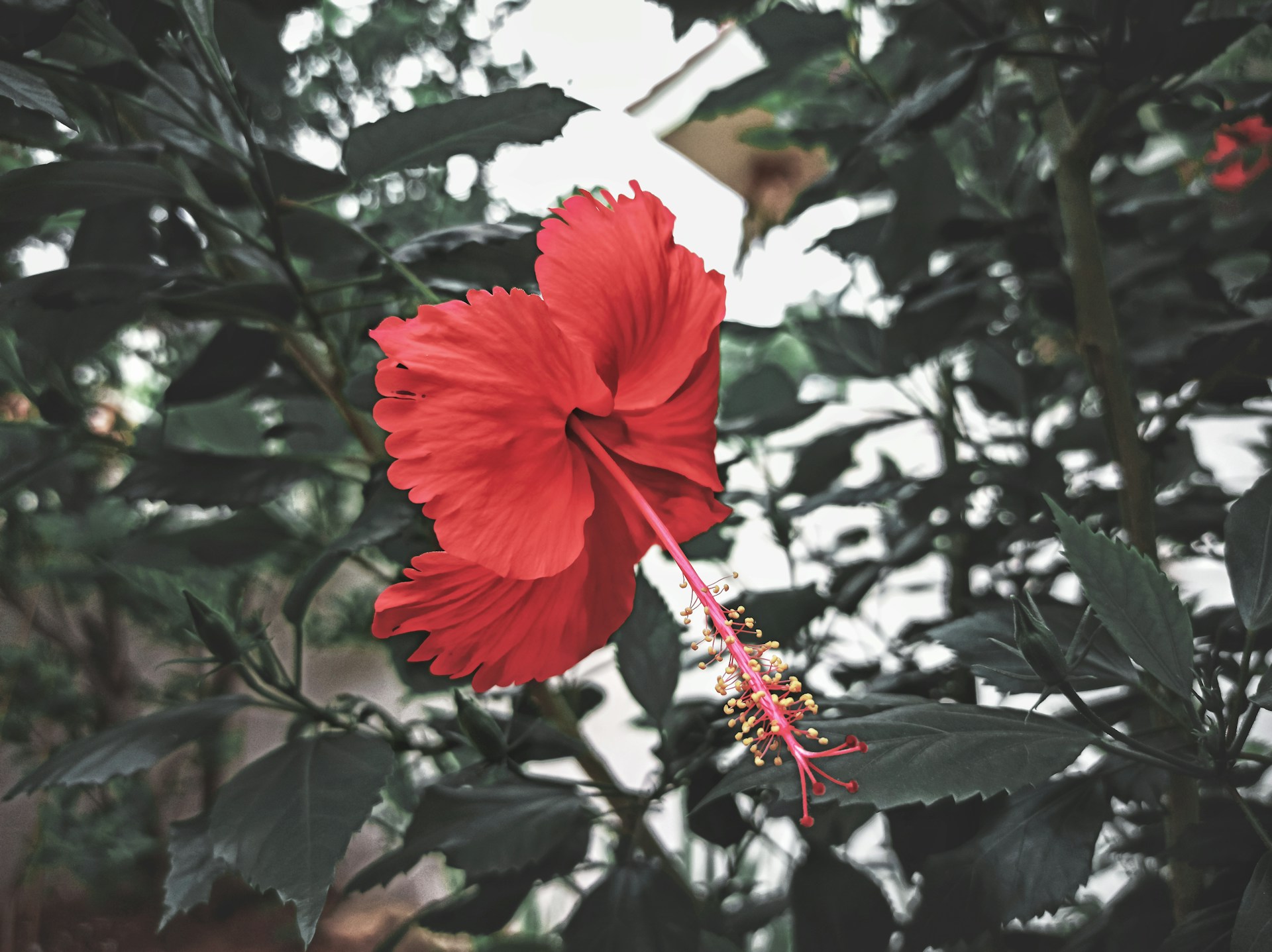
Select moisture-tolerant plants like ilex glabra, hibiscus varieties, and scarlet beebalm to create a hummingbird-friendly garden that supports various pollinators.
Insert your email signup form below